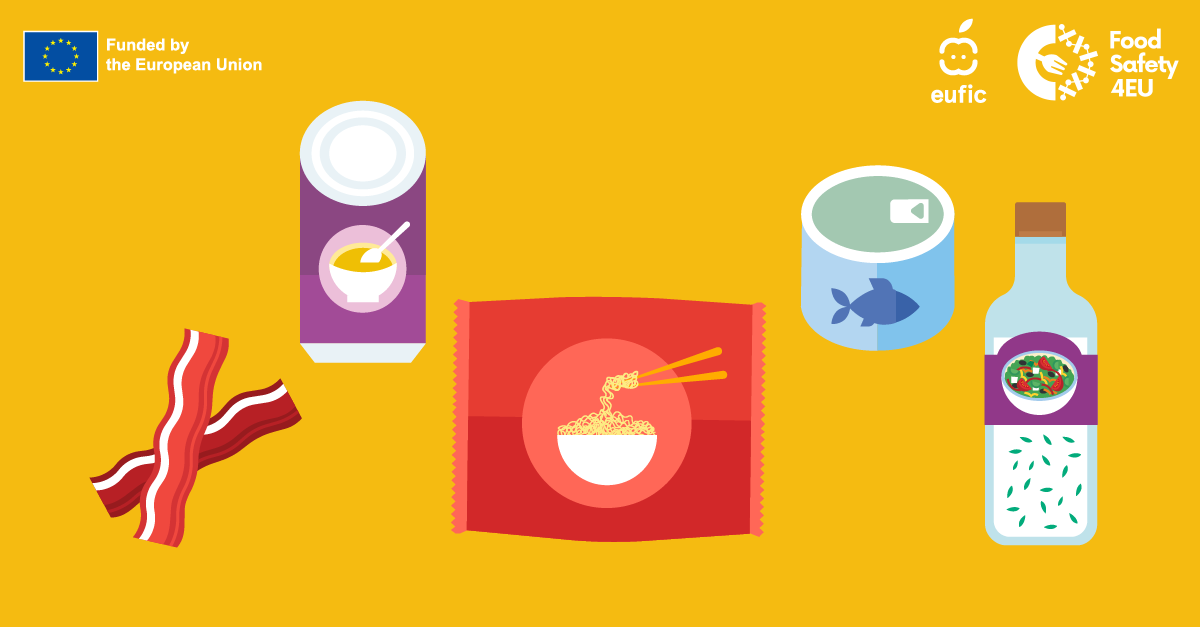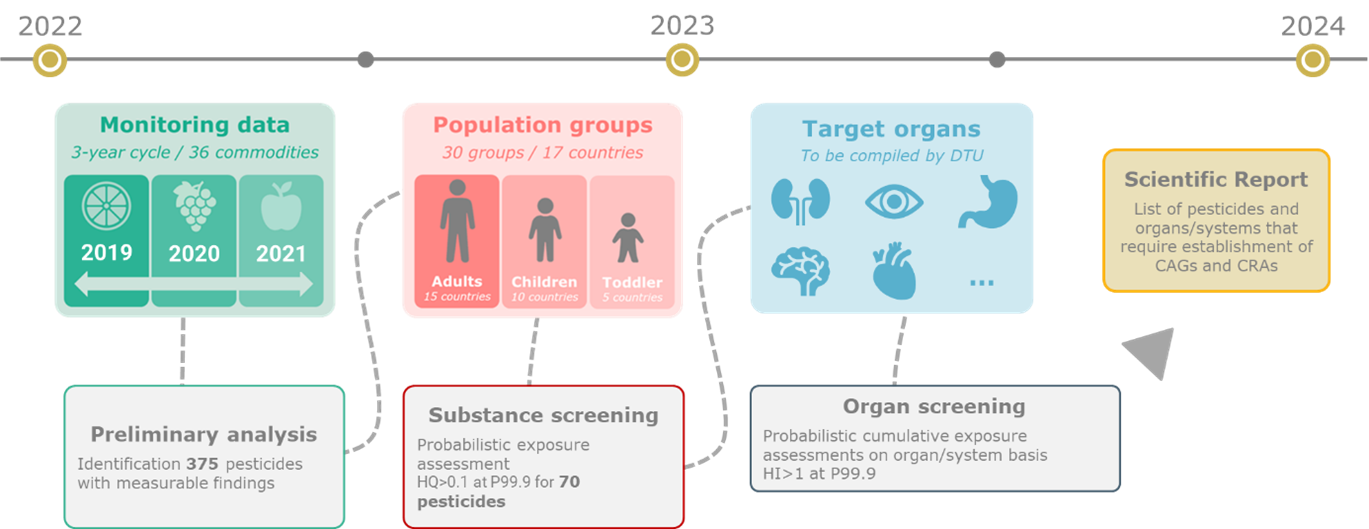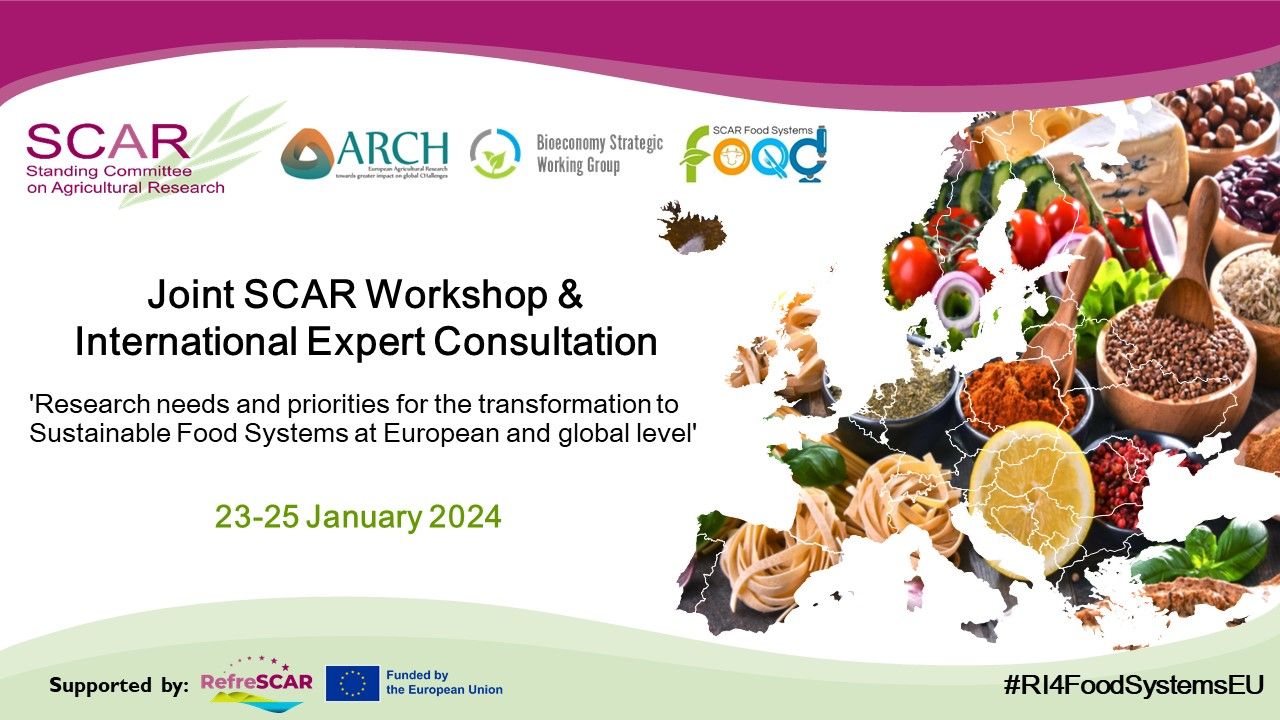What is monosodium glutamate and is it bad for you?

Read in other languages: FR | IT | DE | ES
One food ingredient that is commonly on the receiving end of bad press is monosodium glutamate, or MSG. However, this is unfounded. MSG can be safely used to add flavour and appeal to foods, and even to reduce sodium levels in foods. This article explores MSG and what the latest research says about its health effects
What is monosodium glutamate and where is it found?
MSG is the sodium salt of L-glutamic acid.1 Glutamate is a naturally occurring nonessential amino acid that is found in nearly all foods, especially high protein foods such as dairy products, meat, fish and in many vegetables. Foods often used for their flavouring properties, such as mushrooms and tomatoes, have high levels of naturally occurring glutamate. Glutamate plays an essential role in normal body functioning.2
MSG is widely used in Asian cooking and in processed foods in Western countries.2 Typically, MSG is added to savoury prepared and processed foods such as frozen foods, spice mixes, canned and dry soups, salad dressings and meat or fish-based products. In some countries, it is used as a table-top seasoning. MSG added to foods produces a flavouring function similar to the glutamate that occurs naturally in foods. It acts as a flavour enhancer and adds a fifth taste, called “umami”, which is best described as a savoury, broth-like or meaty taste.2
In the European Union, MSG is classified as a food additive (E621) and regulations are in place to determine how and when it can be added to foods.3 You can recognize MSG on food labels by a number of synonyms: vetsin, ajinomoto, monosodium glutamate, E621, sodium glutamate, monosodium L-glutamate, and monohydrate glutamic acid.
How is monosodium glutamate different from salt?
MSG contains about one third of the sodium of table salt and is used in smaller amounts. When MSG is used in combination with a small amount of table salt, it can help to reduce the total sodium in a recipe by 40% while maintaining flavour.4
How is monosodium glutamate made?
In past times, MSG was extracted from natural protein-rich foods such as seaweed. Today, this time-consuming practice is no longer used and MSG is made from an industrial fermentation process from sugar beets, sugar cane or molasses.1
This article was produced in collaboration with European Food Information Council (EUFIC) as part of a joint food additive campaign.
Is monosodium glutamate bad for you?
Despite a small number of persons reporting sensitivity to MSG, scientific studies have not shown any direct link between MSG and adverse reactions in humans.3 MSG used to be blamed for the “Chinese Restaurant Syndrome” because the first anecdotal report was made following consumption of a Chinese meal.5 Symptoms said to be experienced included burning sensations along the back of the neck, chest tightness, nausea and sweating. However, a double-blind controlled challenge of individuals claiming to suffer from the “syndrome” failed to confirm MSG as the causative agent.6 Other studies have found that allergic-type reactions after Asian meals are more often due to other ingredients such as shrimp, peanuts, spices, and herbs. If you think you are sensitive to MSG or any other food ingredient, the best advice is to check with your doctor or with a dietitian.MSG has also been reported to cause all sorts of modern diseases and symptoms, from (migraine) headaches to asthma, overweight, and even cancer. However, current evidence does not support these statements. There have been many studies conducted investigating the relationship between MSG and (migraine) headaches, however, a causal relationship between the two has yet to be established.7,8 Alongside, there has not been a definitive answer as to whether MSG can serve as a trigger for asthma since previous studies exploring this relationship had improper study methods.3,8 Regarding overweight, while animal studies have shown increases in body weight following MSG injections (mainly in extremely high doses), data from human studies have shown equivocal results.3 Some research suggests that MSG may suppress appetite, while others suggest that its flavour-enhancing effects may lead to overeating.2 Lastly, even with the highest doses tested, no increased tumour rates were found following MSG consumption.3
According to several health authorities, including the Joint FAO/WHO Expert Committee on Food Additives (JECFA), the Food and Drug Administration (FDA), and the European Food Safety Authority (EFSA), MSG is generally considered to be safe.2,3 The acceptable daily intake (ADI) for MSG is set at 30 mg/kg of body weight per day, which is significantly more than you would normally consume on a regular basis.3,9
Is monosodium glutamate safe for children?
Children metabolise glutamate in the same way that adults do and MSG is safe for children.10 In fact, human breast milk contains 10 times more glutamate than cow’s milk.
The bottom line
MSG is one of the most extensively studied food ingredients in our food supply. Hundreds of studies and numerous scientific evaluations have concluded that MSG provides a safe and useful taste enhancer for foods.
References
- Henry-Unaeze, H. N. (2017). Update on food safety of monosodium l-glutamate (MSG). Pathophysiology, 24(4), 243-249.
- Zanfirescu, A., Ungurianu, A., Tsatsakis, A. M., Nițulescu, G. M., Kouretas, D., Veskoukis, A., … & Margină, D. (2019). A review of the alleged health hazards of monosodium glutamate. Comprehensive reviews in food science and food safety, 18(4), 1111-1134.
- EFSA Panel on Food Additives and Nutrient Sources added to Food (ANS), Mortensen, A., Aguilar, F., Crebelli, R., Di Domenico, A., Dusemund, B., … & Lambré, C. (2017). Re‐evaluation of glutamic acid (E 620), sodium glutamate (E 621), potassium glutamate (E 622), calcium glutamate (E 623), ammonium glutamate (E 624) and magnesium glutamate (E 625) as food additives. EFSA Journal, 15(7), e04910.
- International Glutamate Technical Committee. (n.d.) Glutamate Contributes to the Reduction of Dietary Sodium Intake. Retrieved from https://secureservercdn.net/198.71.233.111/f7b.7b0.myftpupload.com/wp-content/uploads/2018/02/IGTC-Statement-on-glutamate-and-sodium-reduction-Revised-02.2018.pdf
- Bawaskar, H. S., Bawaskar, P. H., & Bawaskar, P. H. (2017). Chinese restaurant syndrome. Indian Journal of Critical Care Medicine: Peer-reviewed, Official Publication of Indian Society of Critical Care Medicine, 21(1), 49.
- Geha, R. S., Beiser, A., Ren, C., Patterson, R., Greenberger, P. A., Grammer, L. C., … & Saxon, A. (2000). Multicenter, double-blind, placebo-controlled, multiple-challenge evaluation of reported reactions to monosodium glutamate. Journal of allergy and clinical immunology, 106(5), 973-980.
- Obayashi, Y., & Nagamura, Y. (2016). Does monosodium glutamate really cause headache?: a systematic review of human studies. The Journal of Headache and Pain, 17(1), 1-7.
- Freeman, M. (2006). Reconsidering the effects of monosodium glutamate: a literature review. Journal of the American Academy of Nurse Practitioners, 18(10), 482-486.
- Beyreuther, K., Biesalski, H. K., Fernstrom, J. D., Grimm, P., Hammes, W. P., Heinemann, U., … & Walker, R. (2007). Consensus meeting: monosodium glutamate–an update. European journal of clinical nutrition, 61(3), 304-313.
- Bera, T. K., Kar, S. K., Yadav, P. K., Mukherjee, P., Yadav, S., & Joshi, B. (2017). Effects of monosodium glutamate on human health: A systematic review. World journal of pharmaceutical sciences, 139-144.
This article was produced in collaboration with European Food Information Council (EUFIC), as part of a joint food additive campaign.
Latest Articles

Towards holistic, AI-driven emerging risk assessment: catching stakeholders’ needs in Living Labs

Protecting public health: understanding the importance of cumulative risk assessment of pesticides

SCAR consultation workshop on Sustainable Food Systems: highlights from EU FOOD SAFETY PLATFORM

Pioneering advances in the EU Food Safety System: highlights from the first EU Food Safety Forum
Food4Future_cz

New Tools for Preventing Harmful Bacteria in Ready-to-Eat Foods



